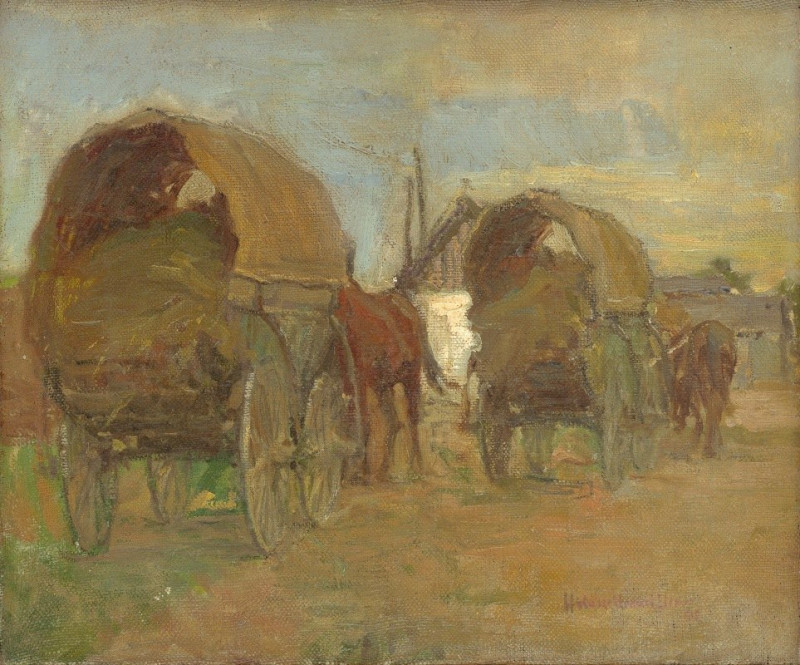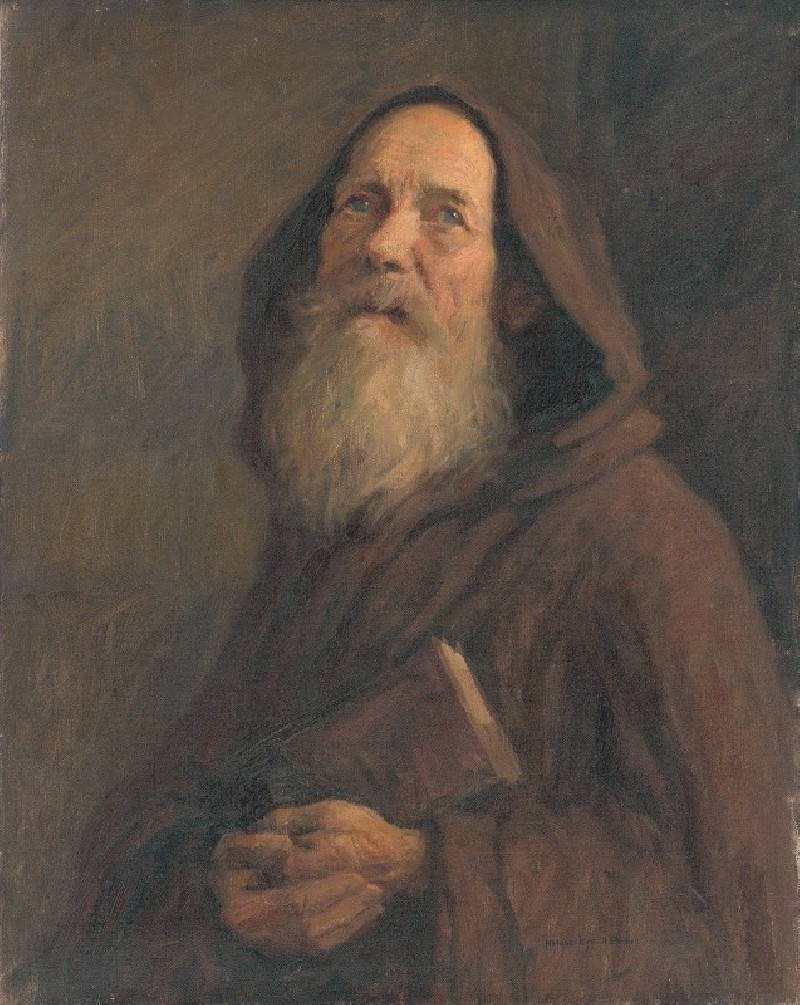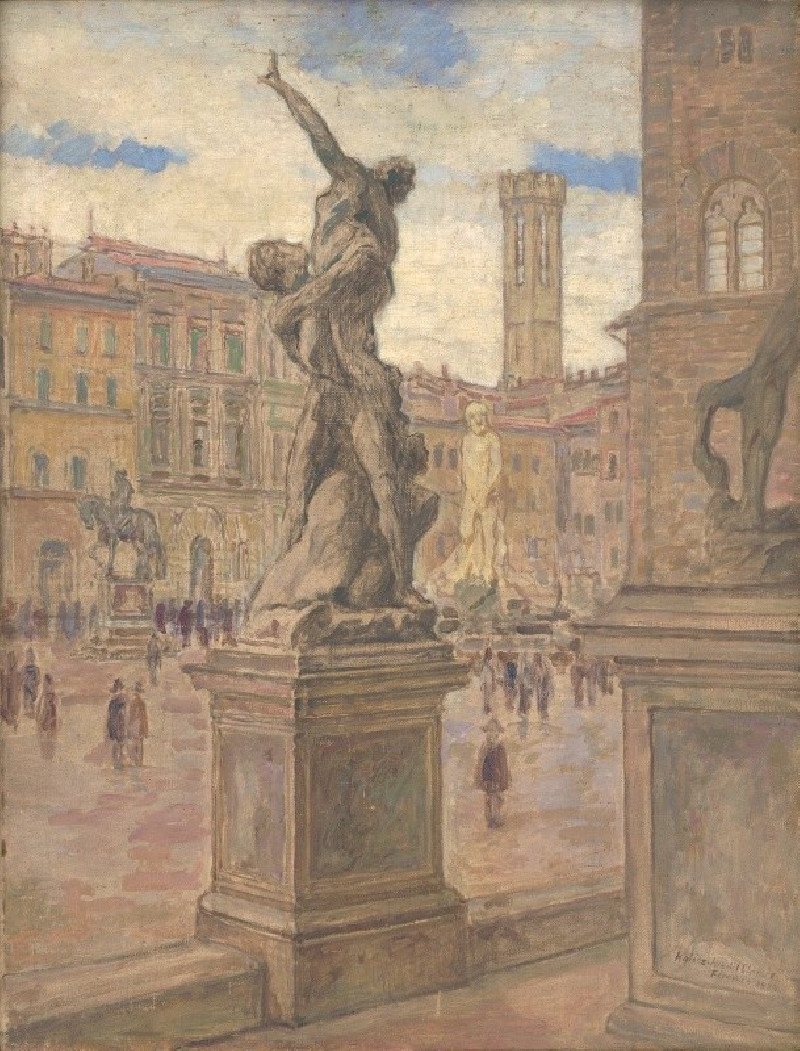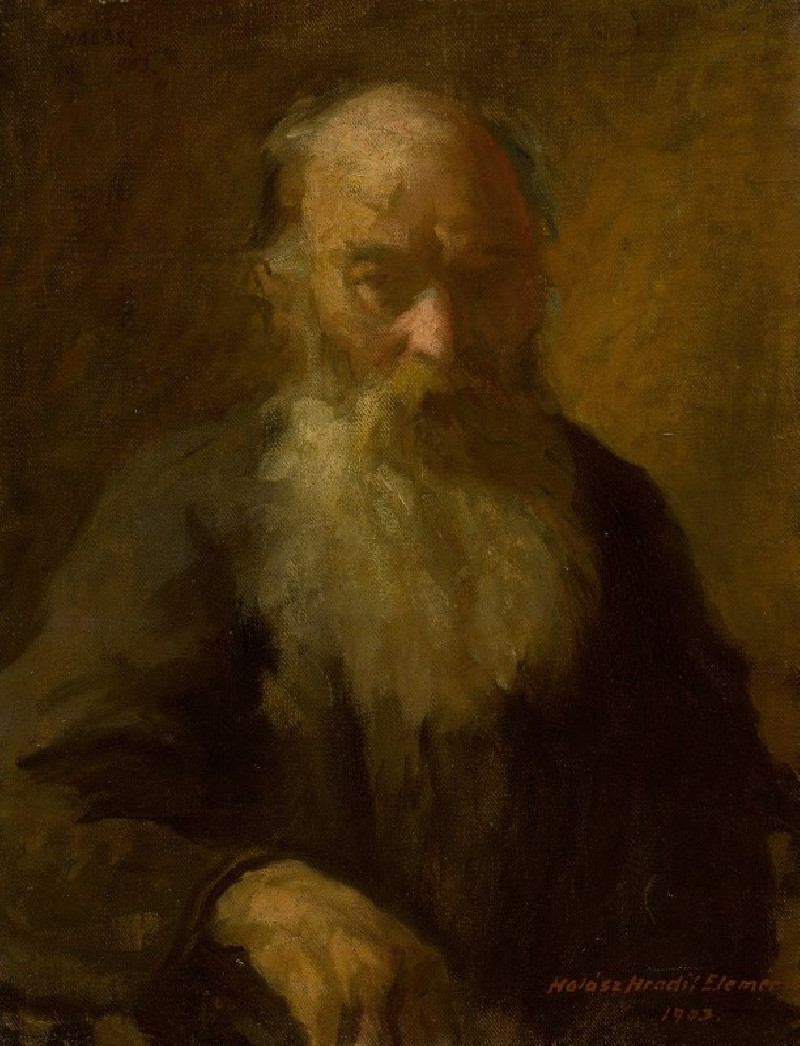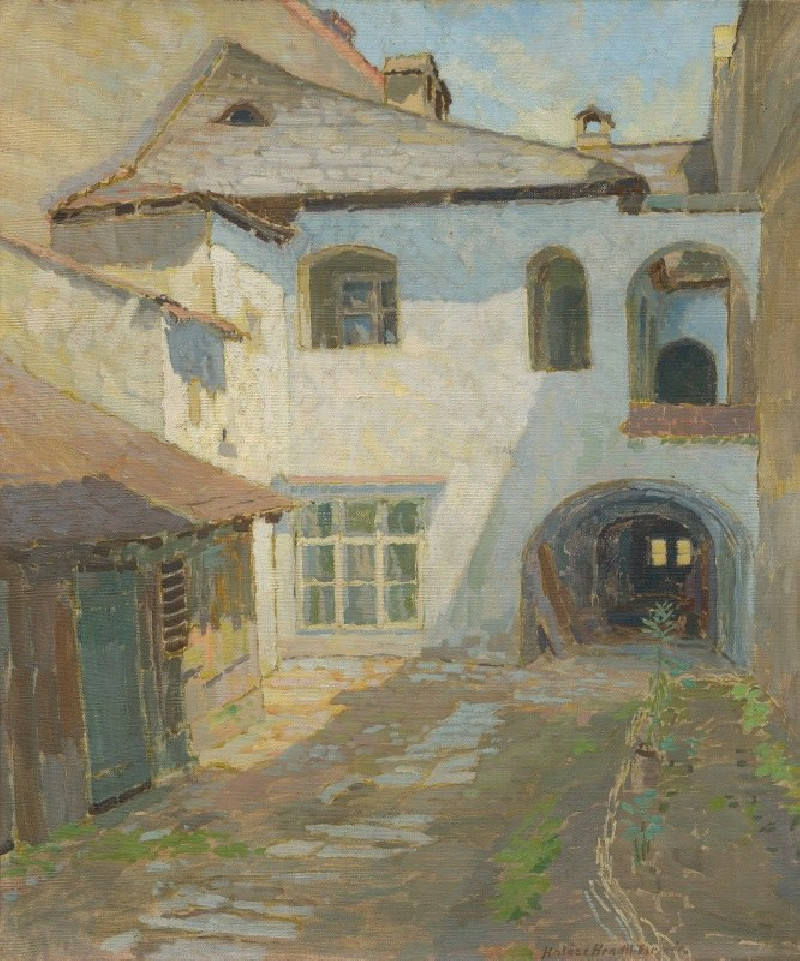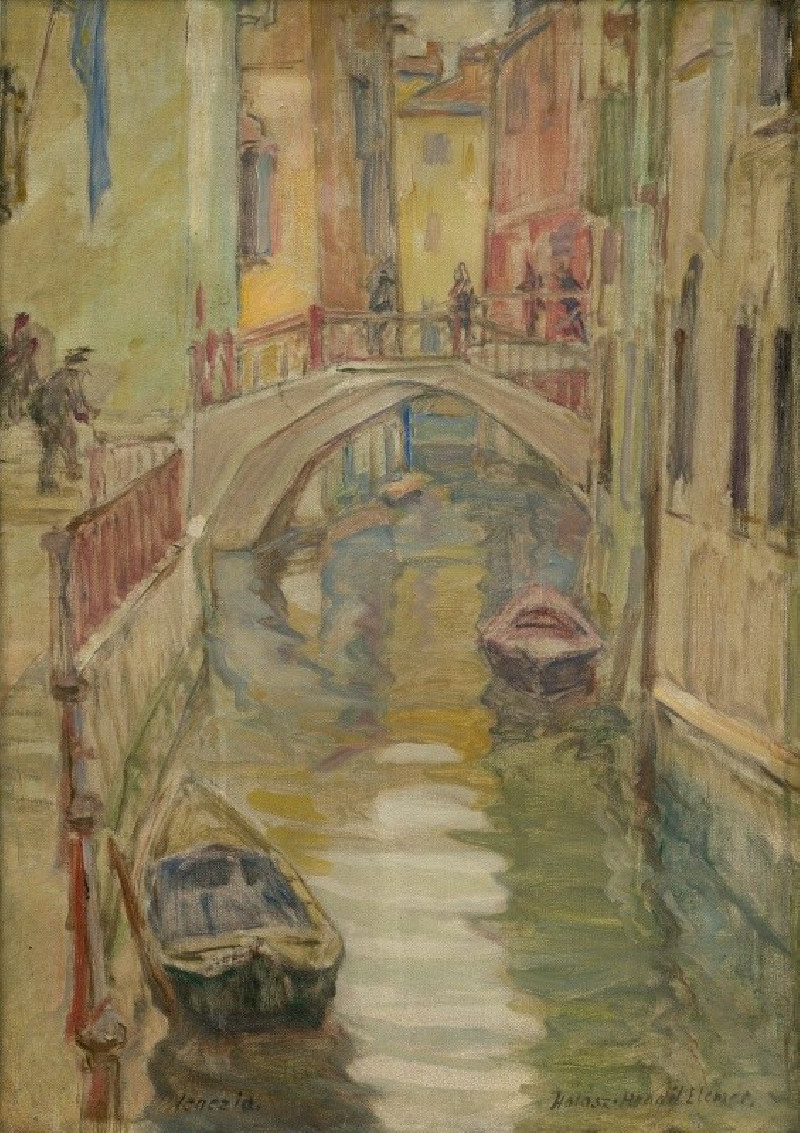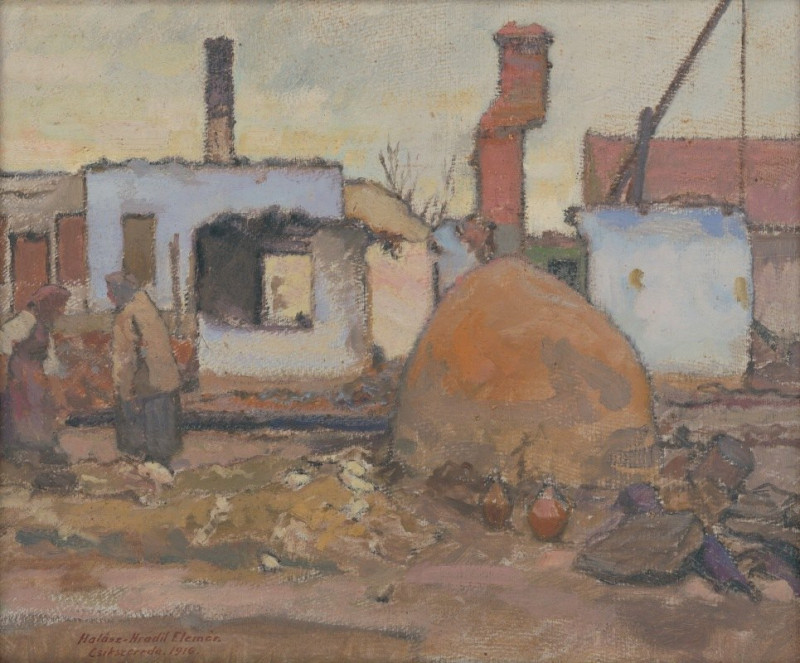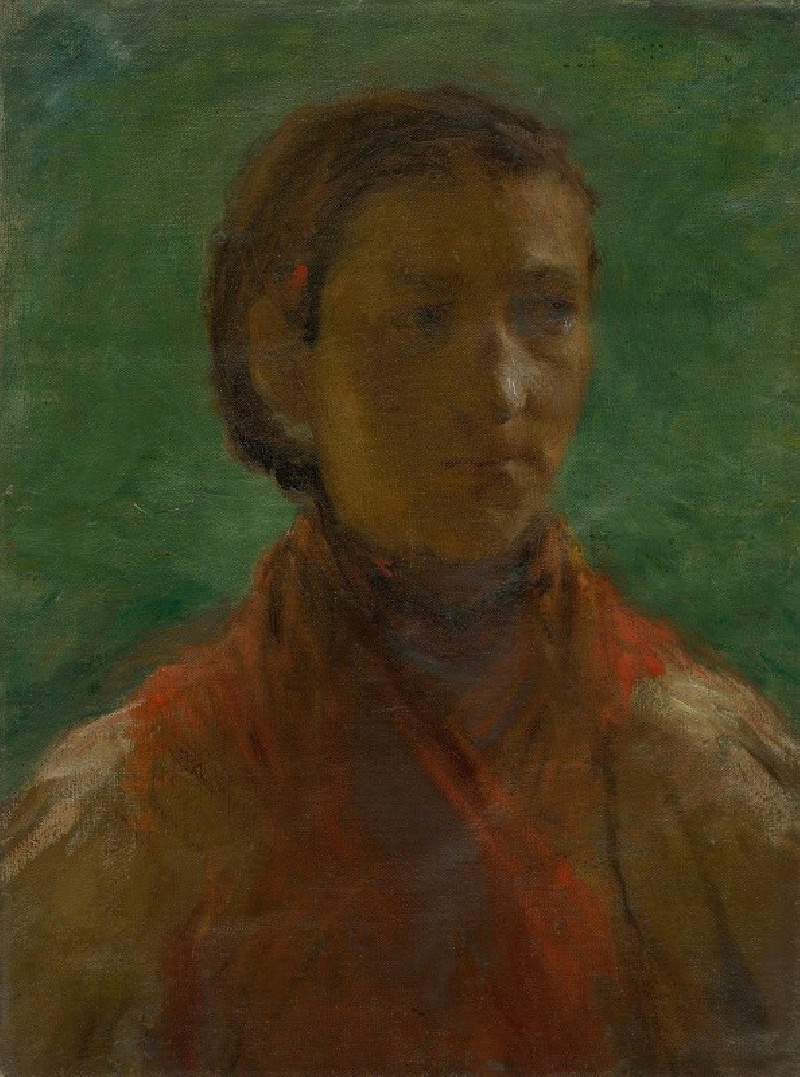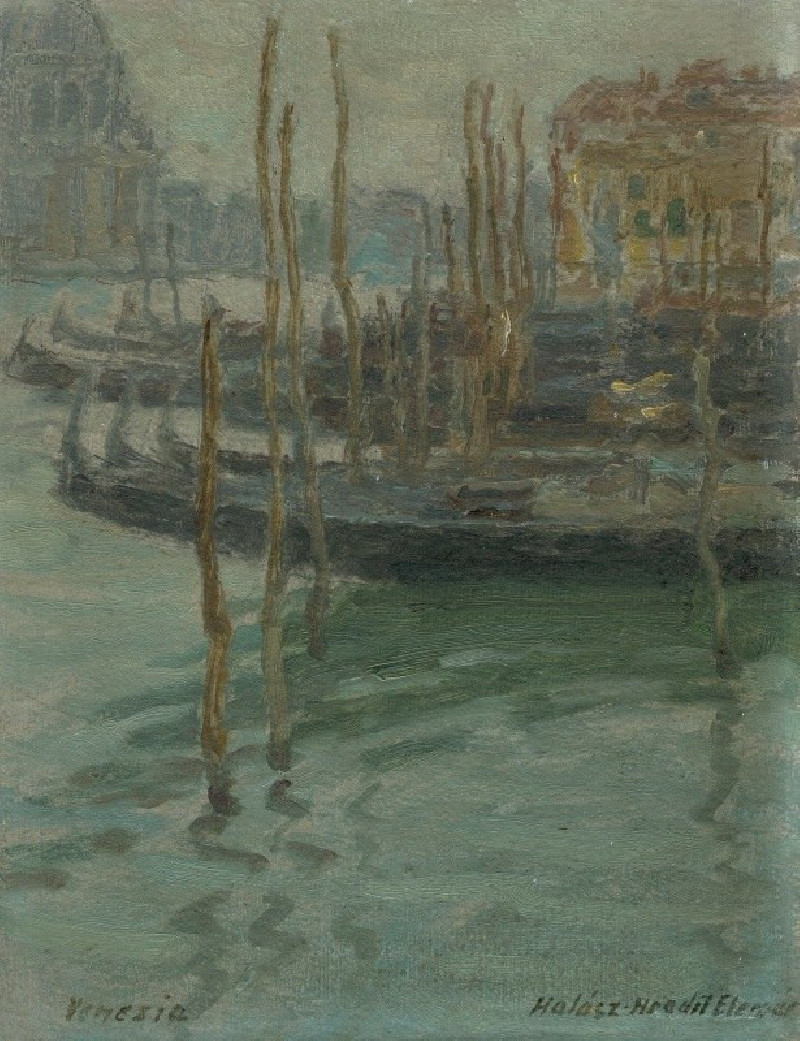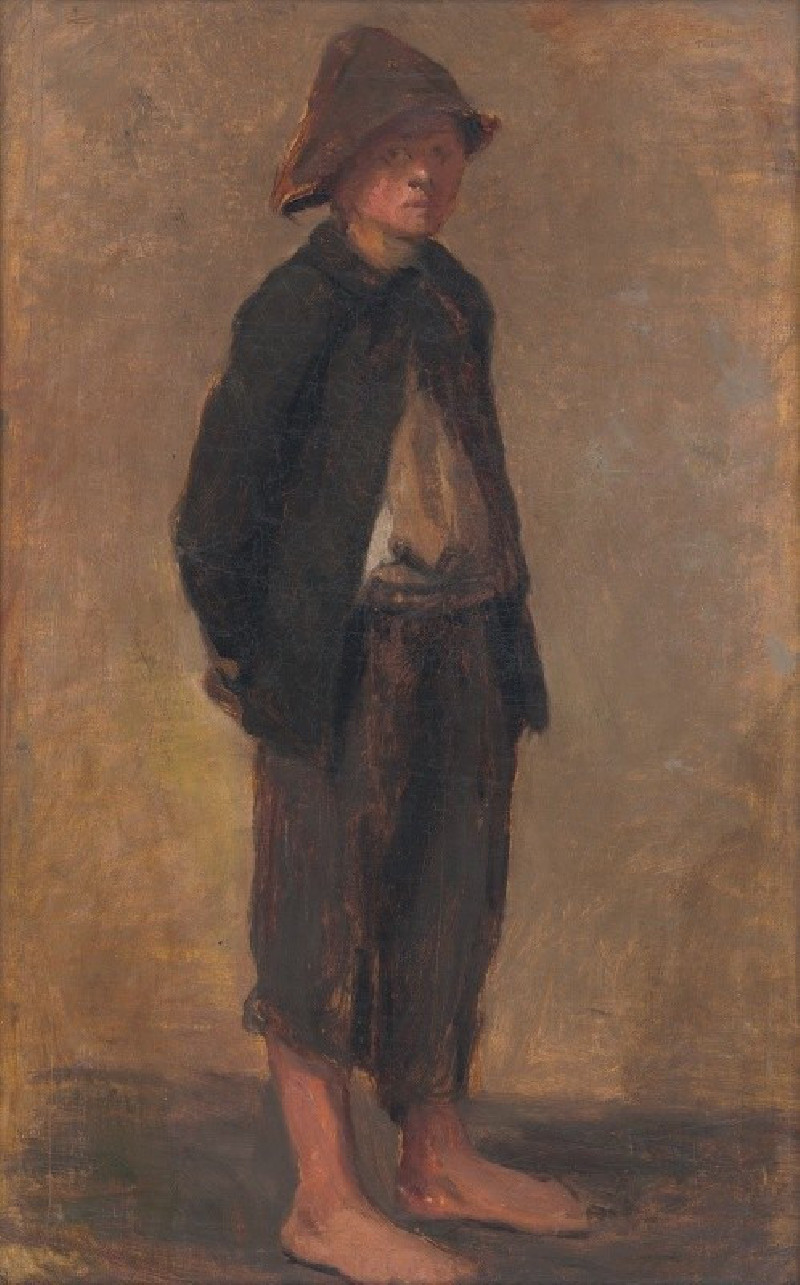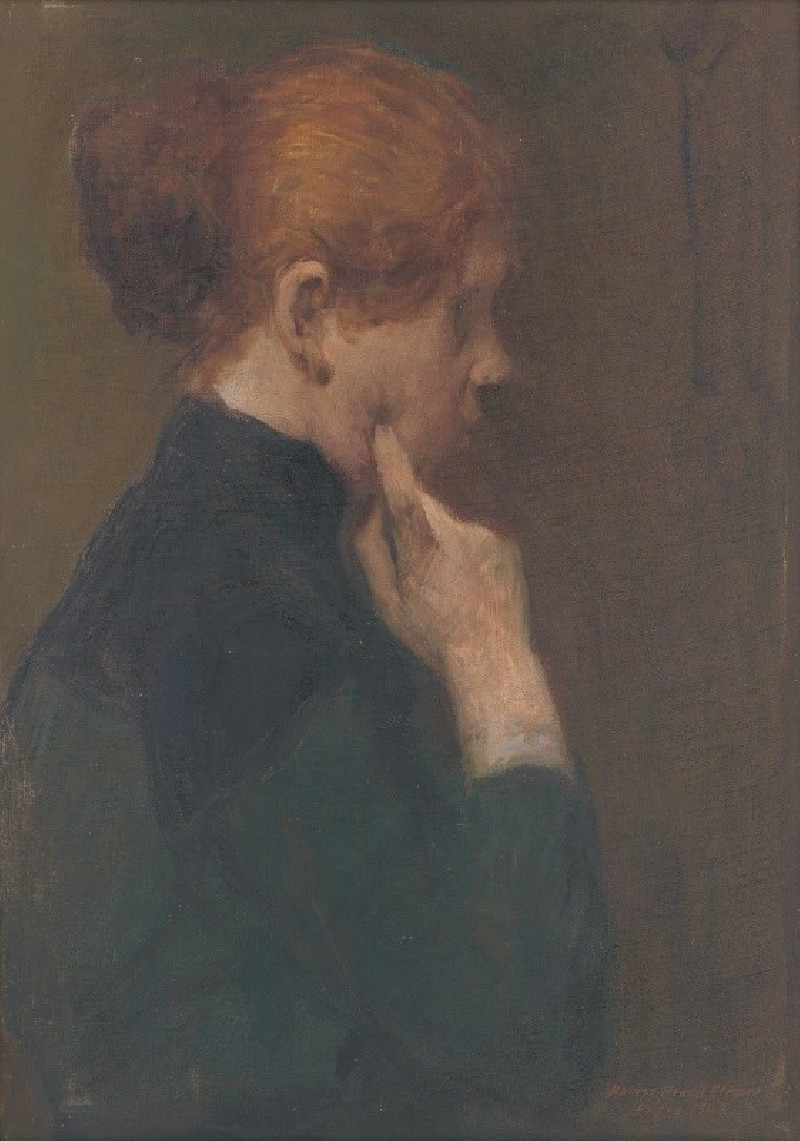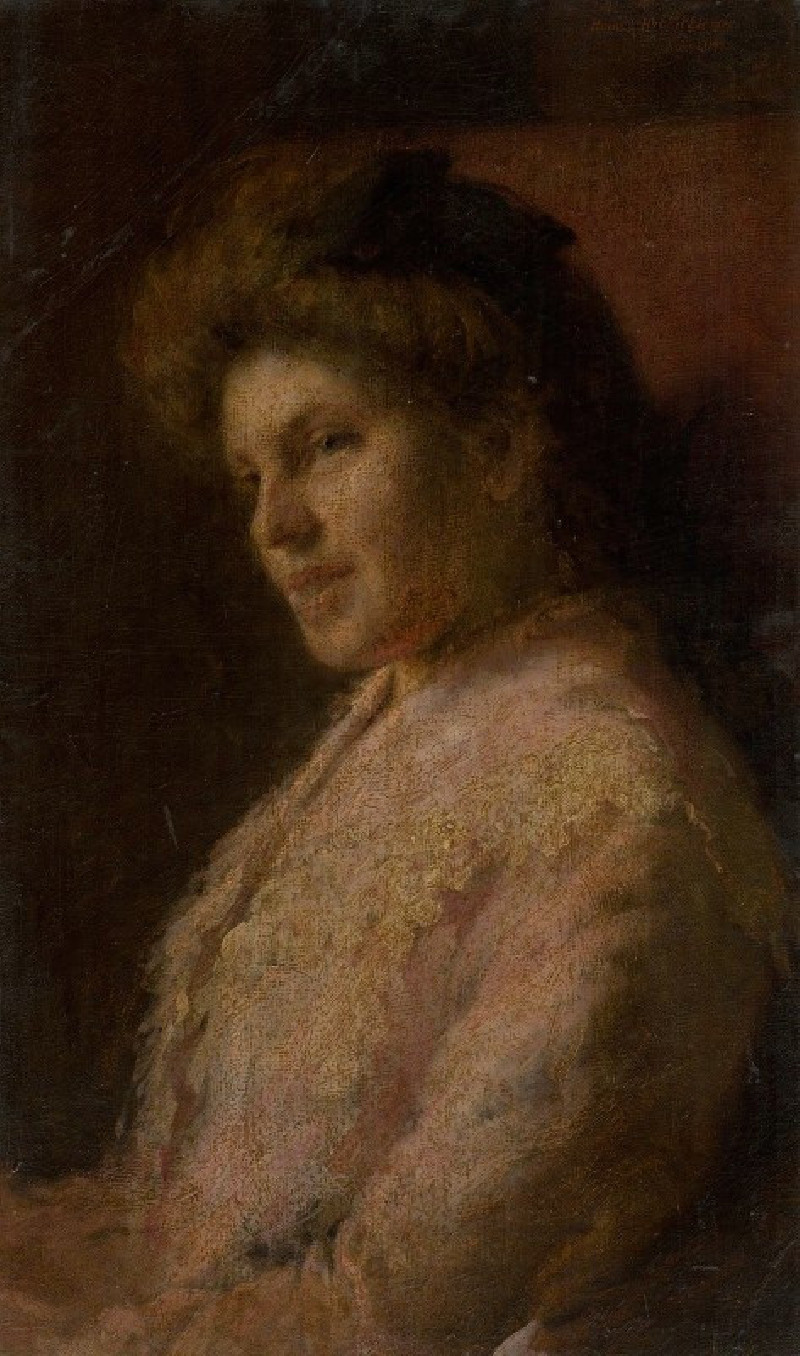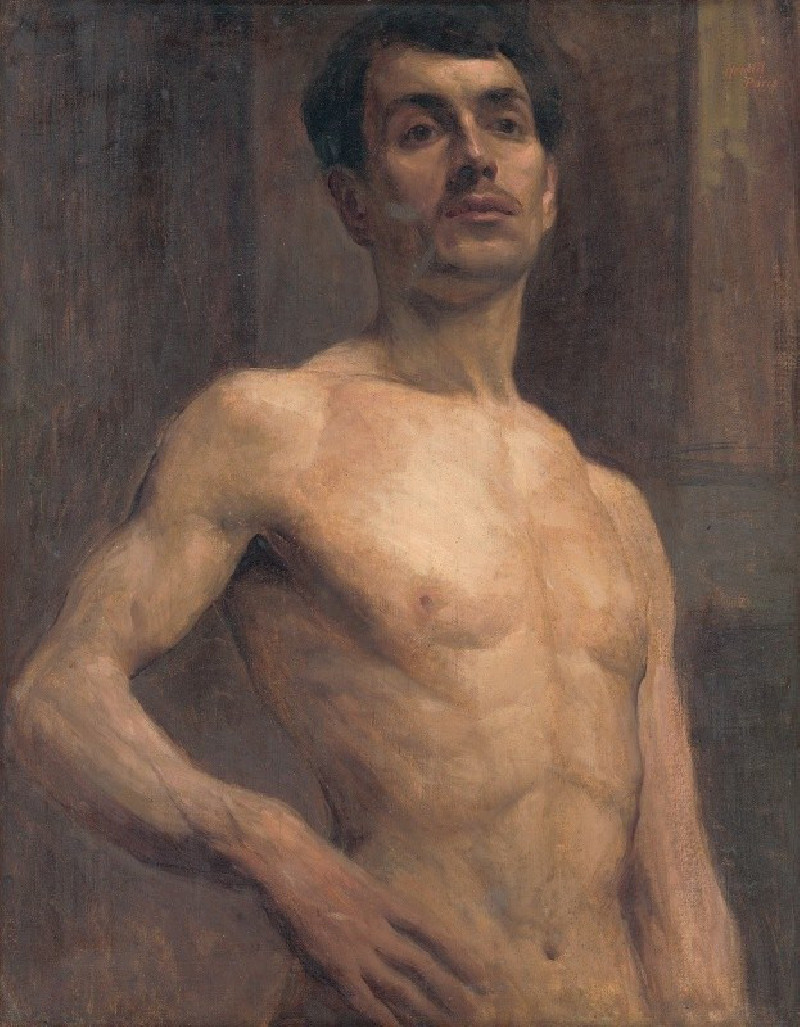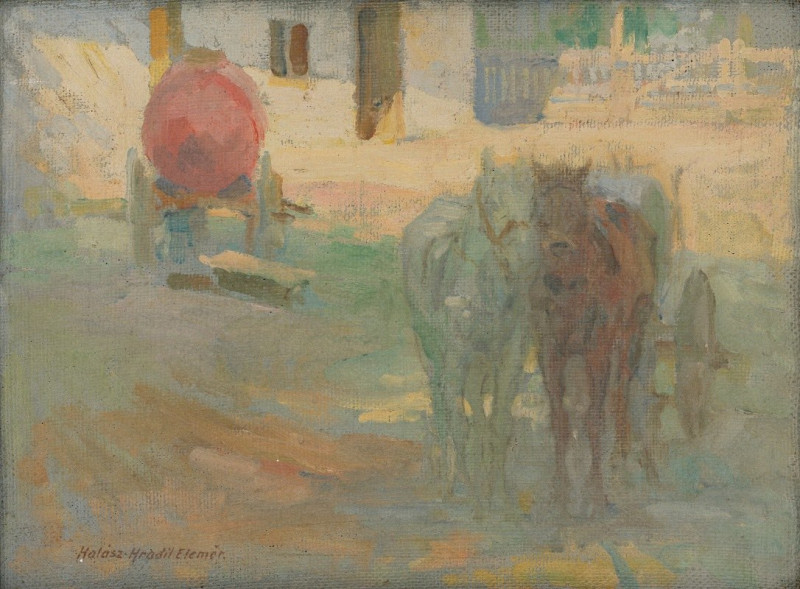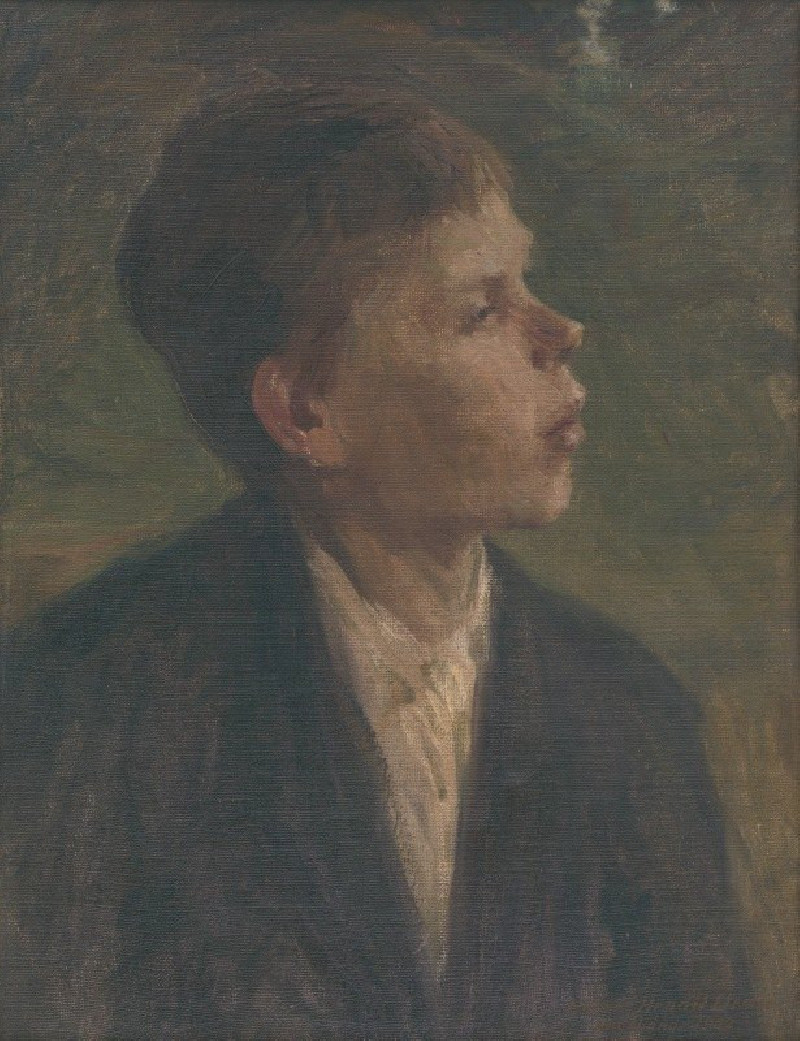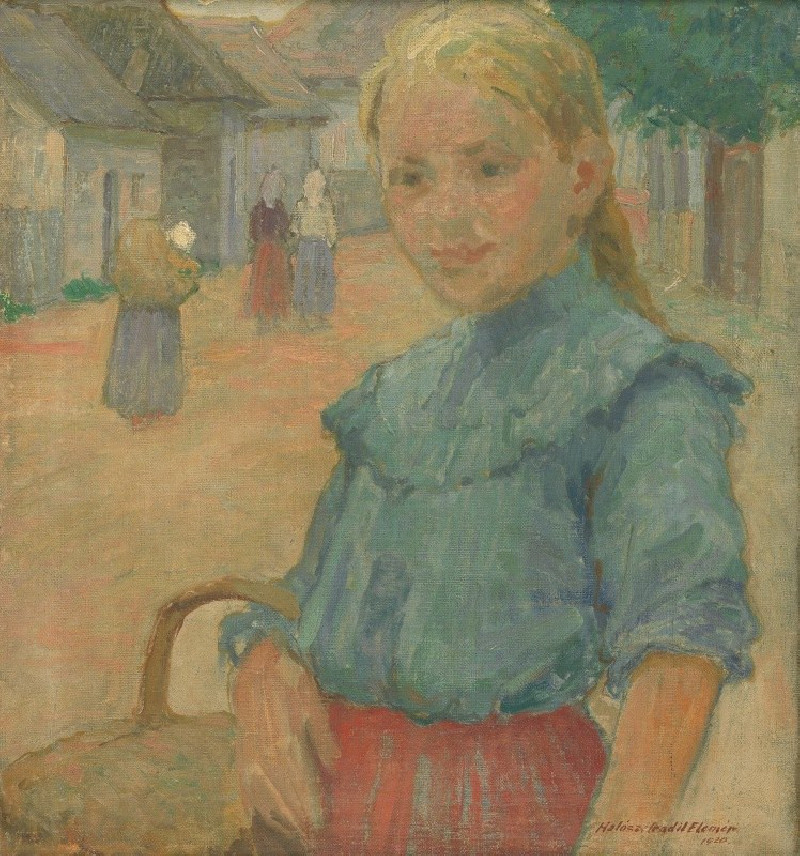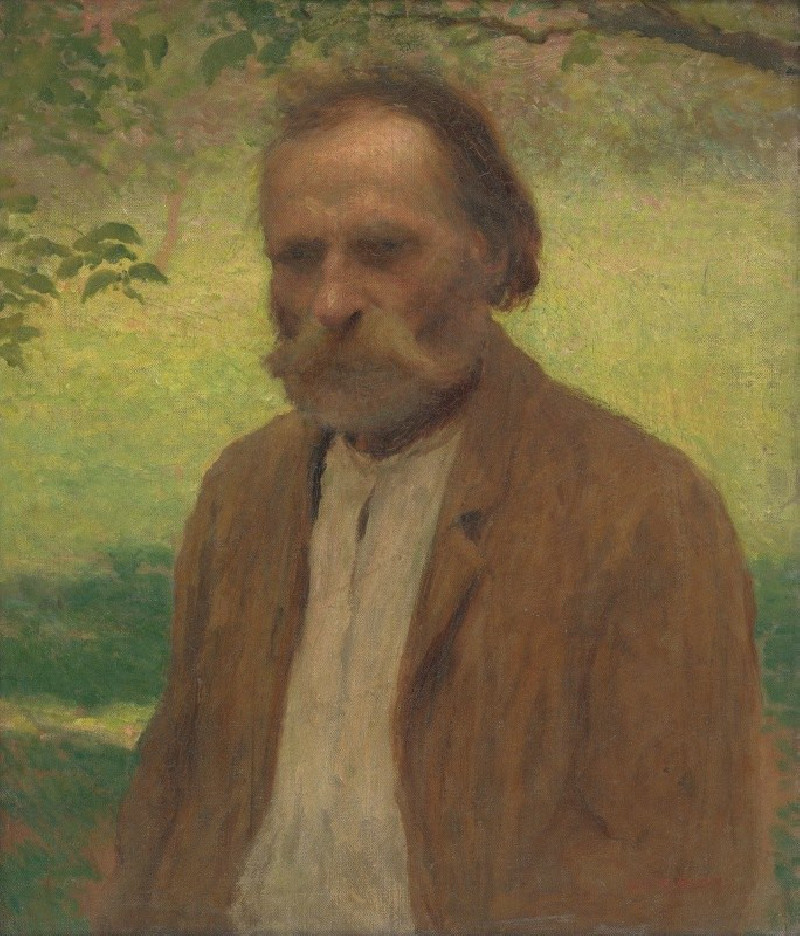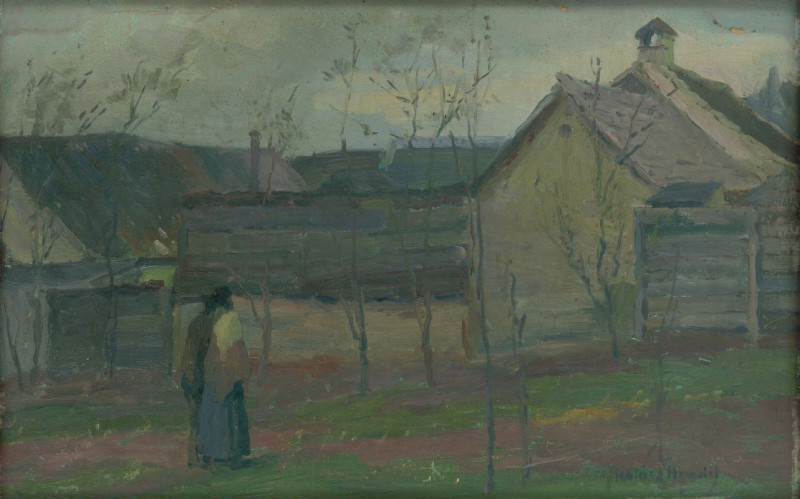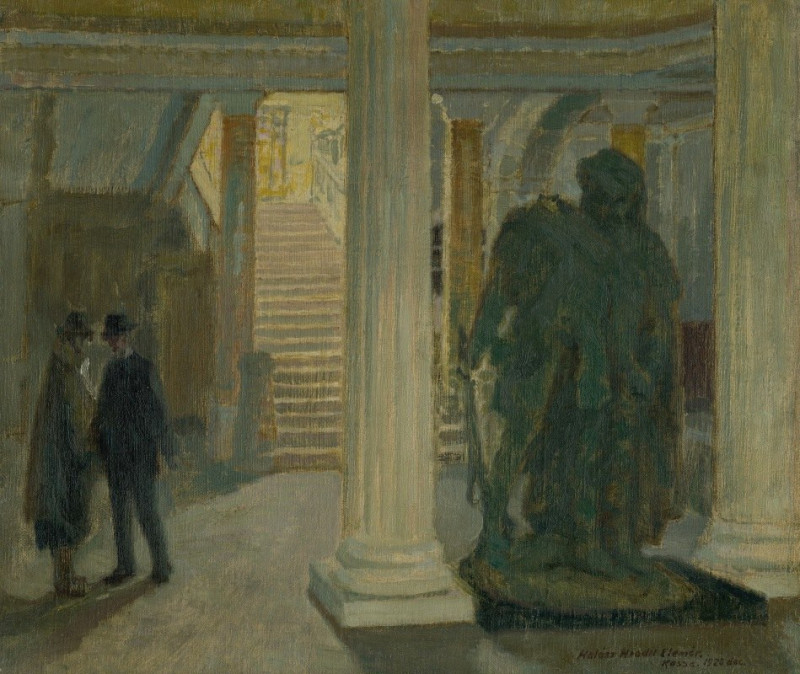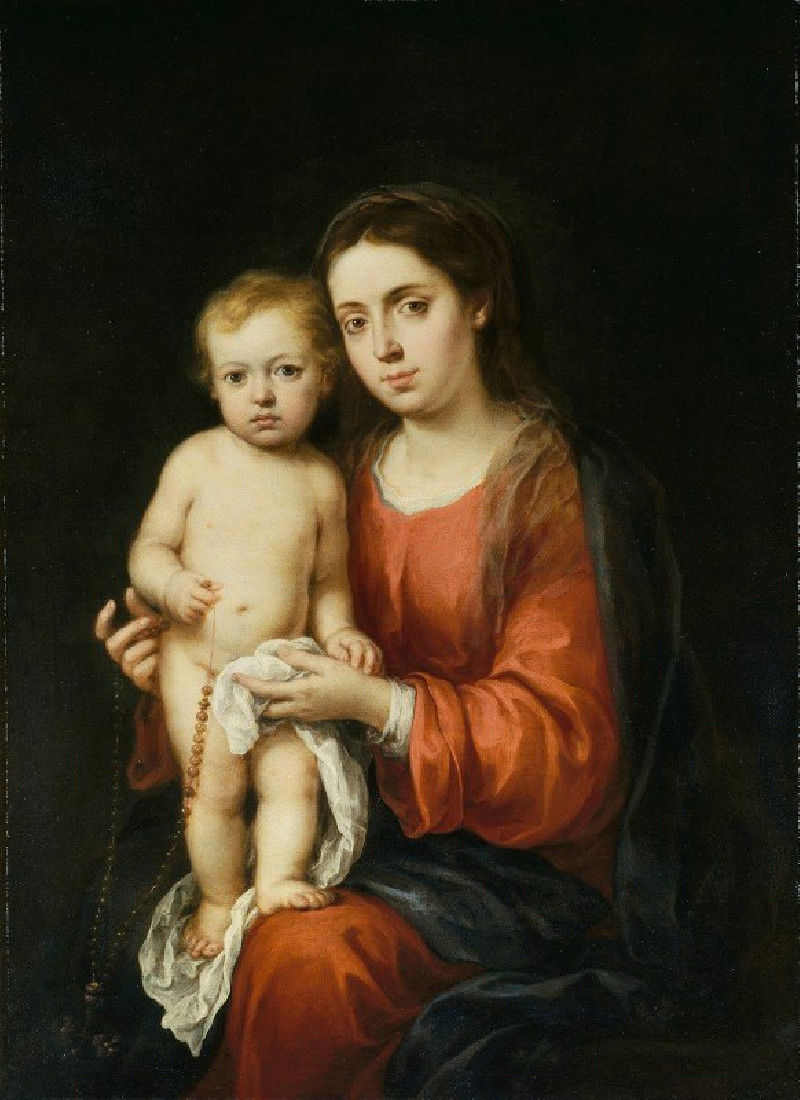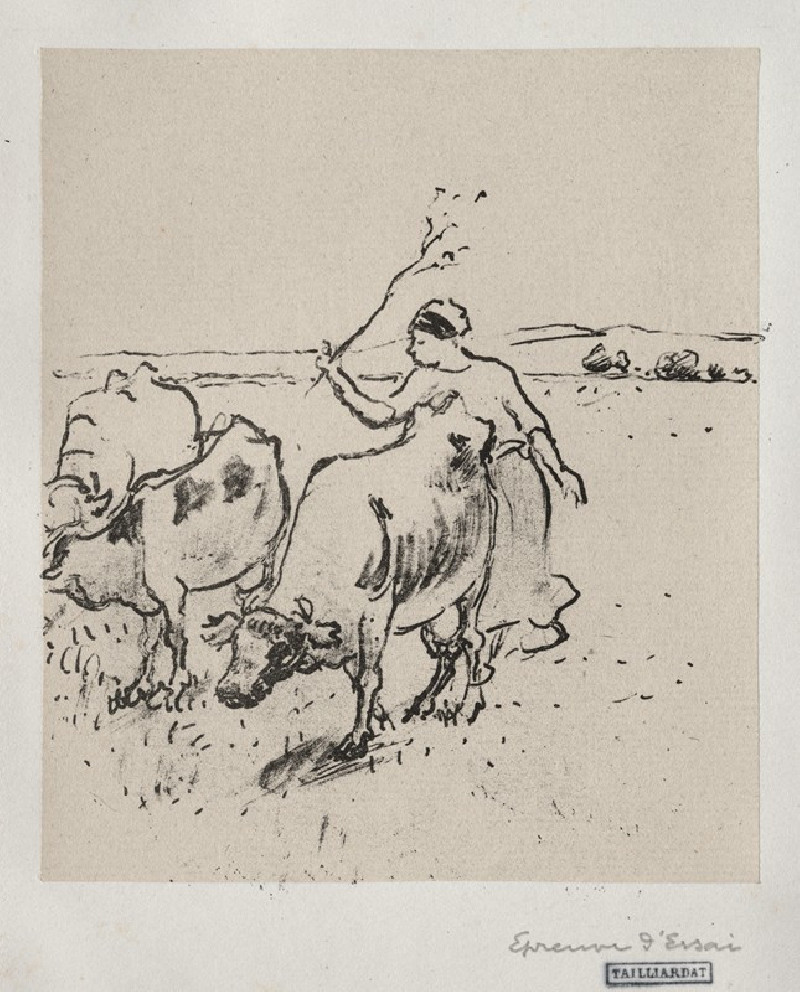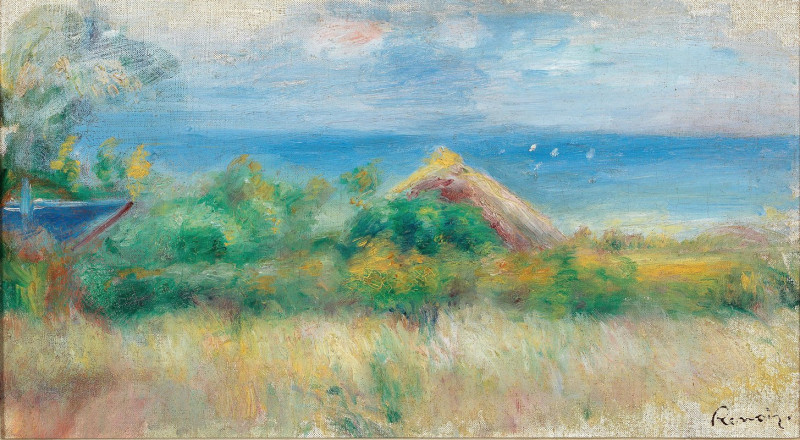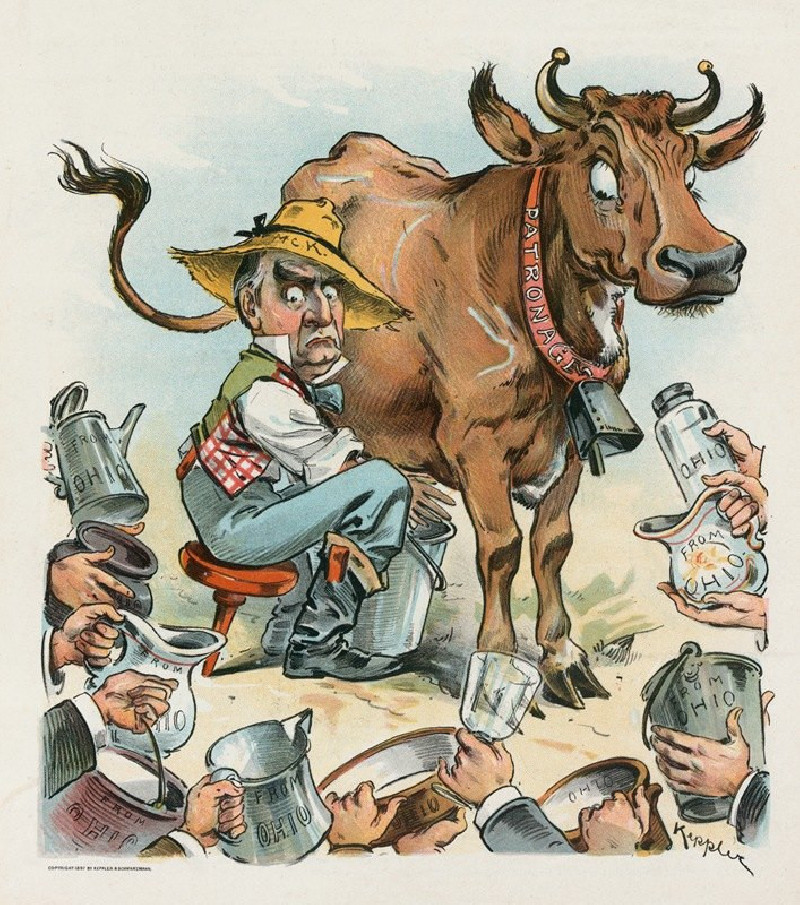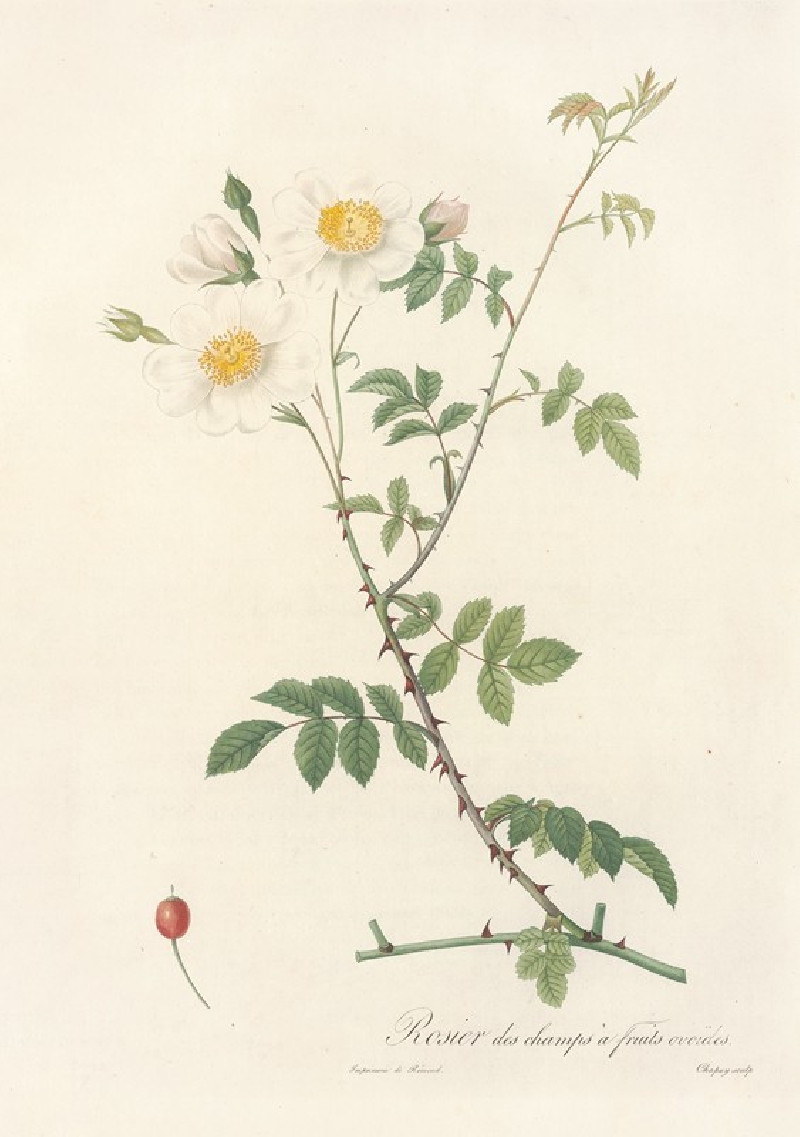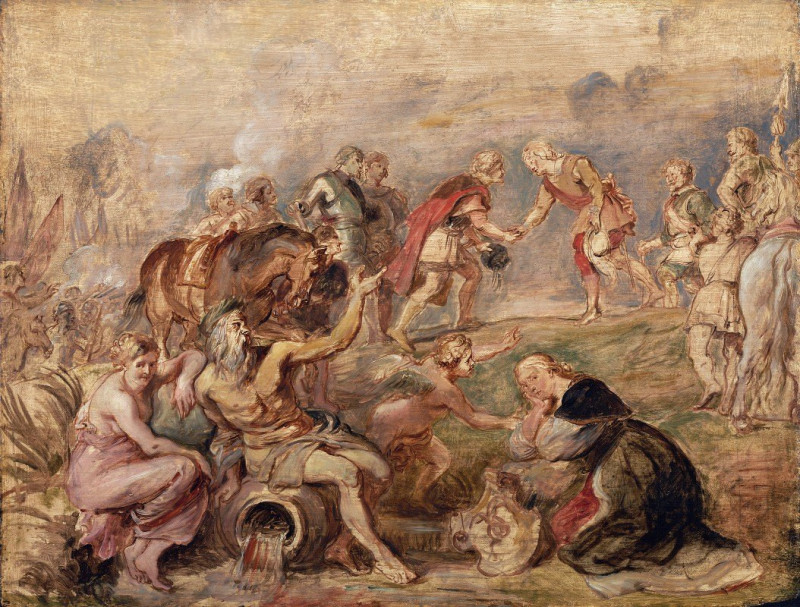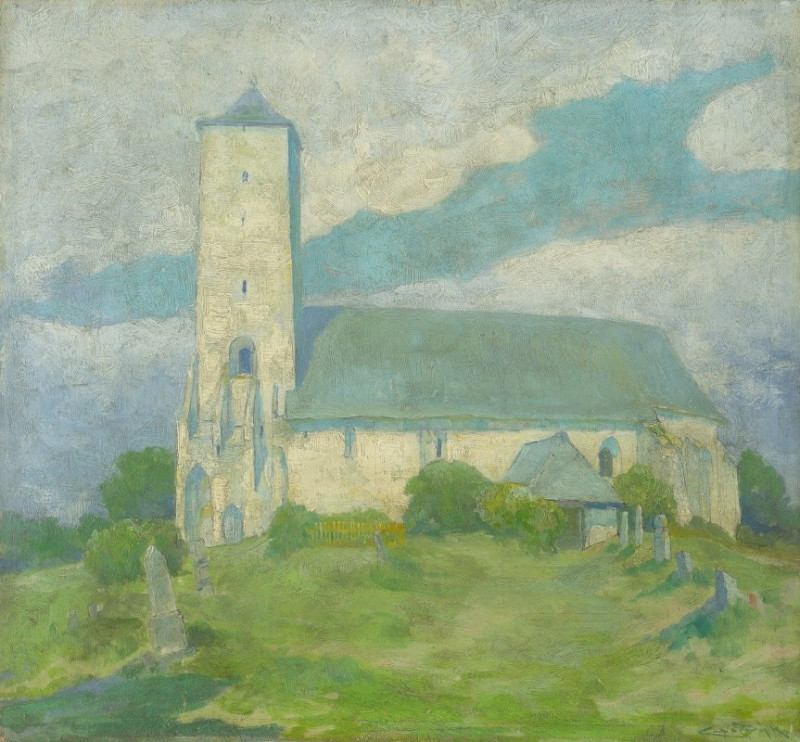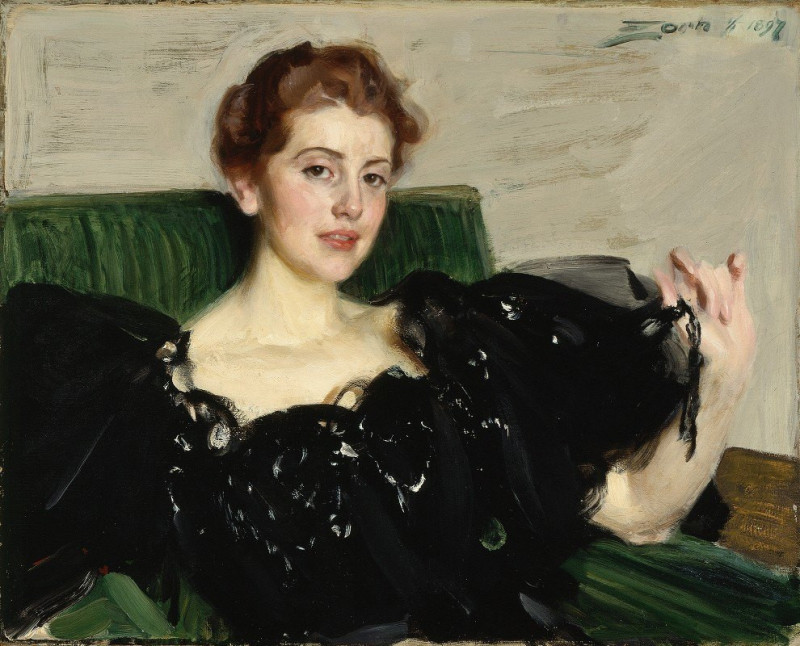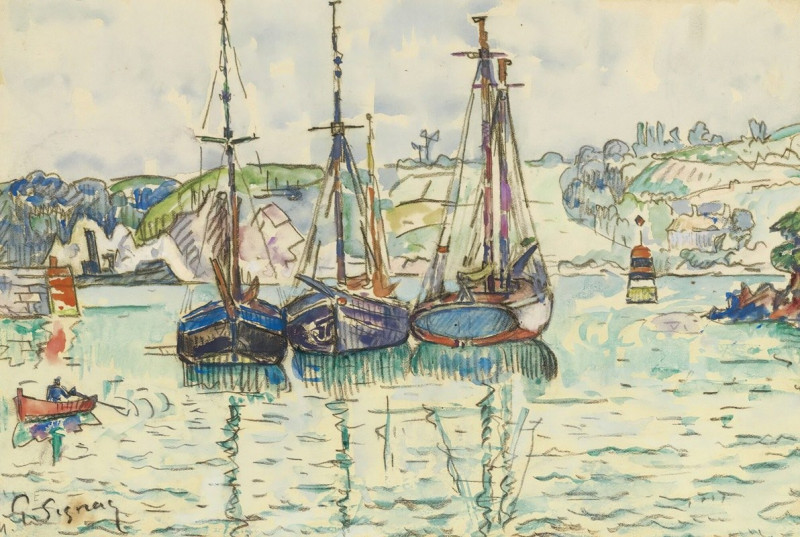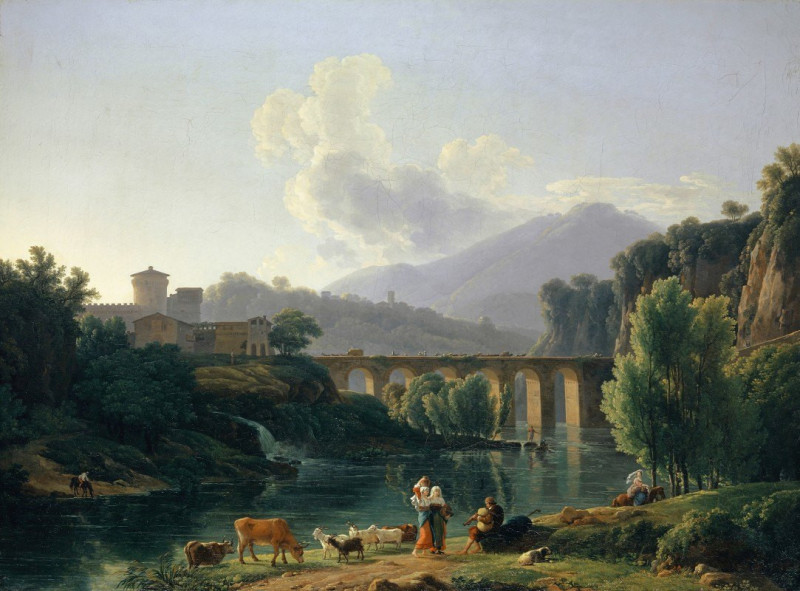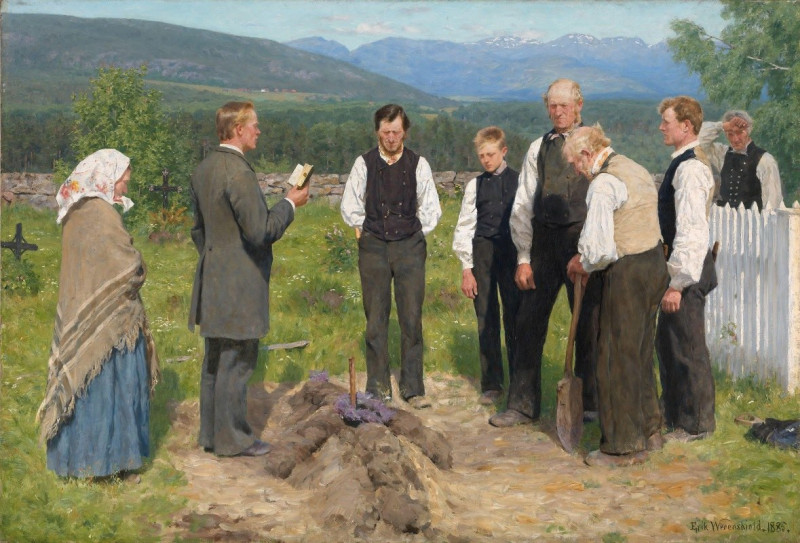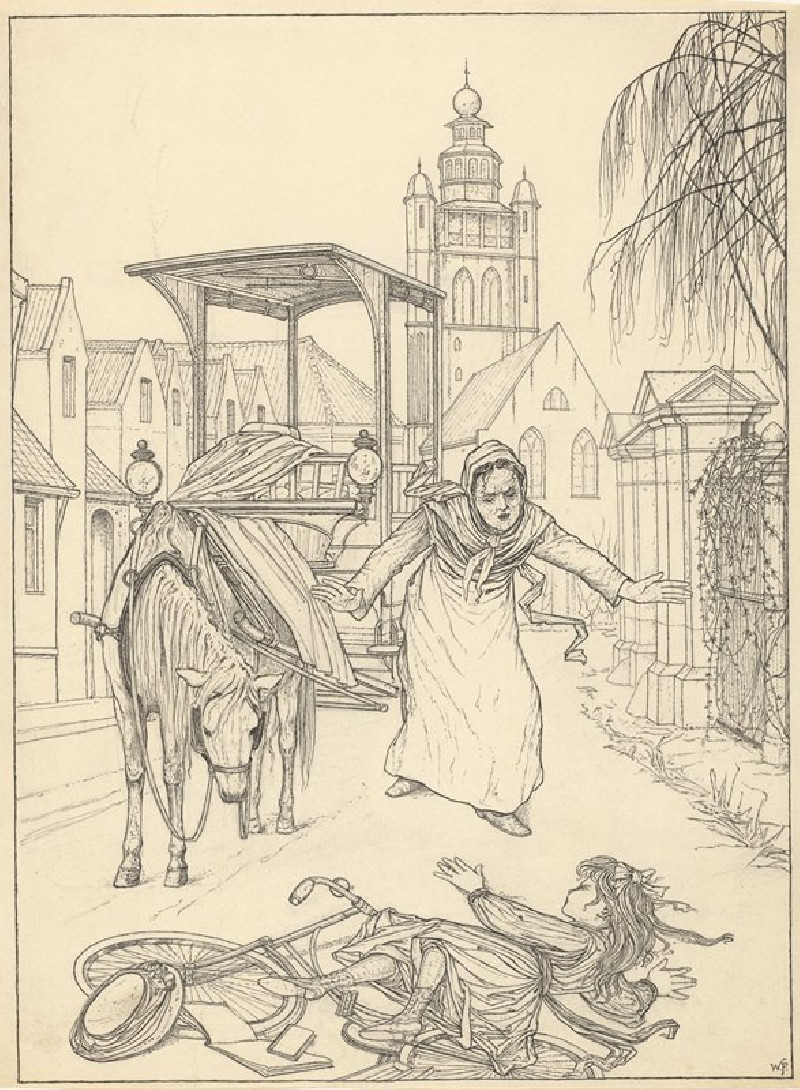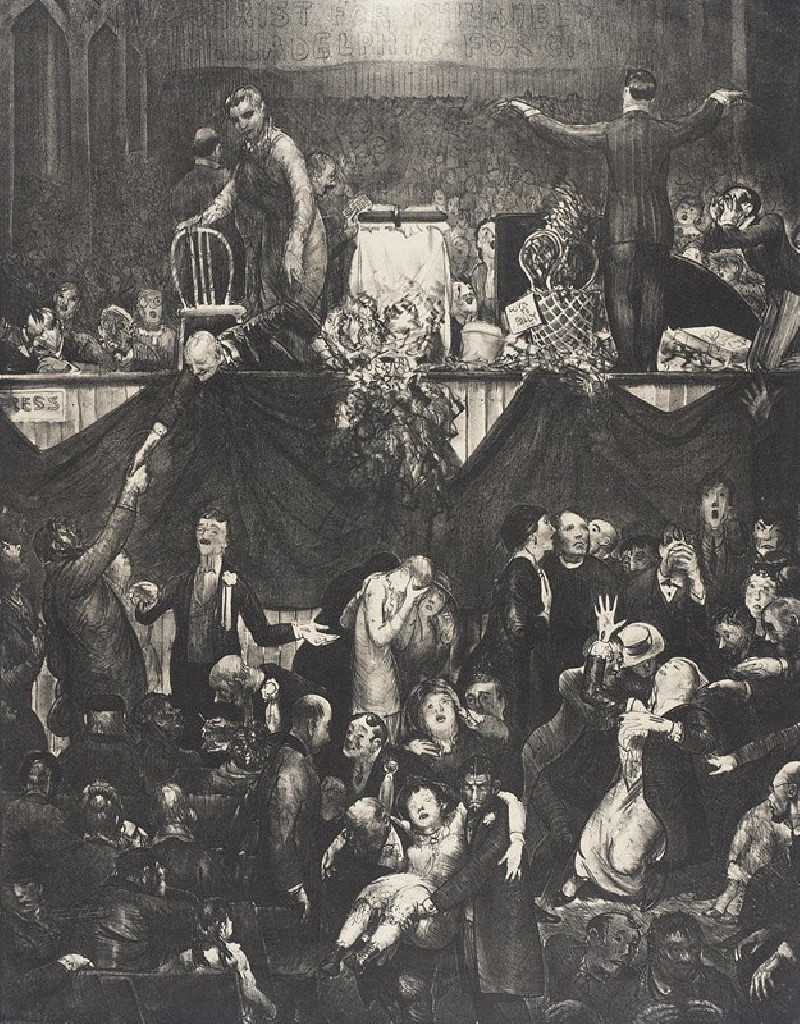Gypsy Caravans (1918)
Technique: Giclée quality print
Recommended by our customers
More about this artwork
This evocative painting, titled "Gypsy Caravans," was created in 1918 by Czech painter Elemír Halász-Hradil. Through his masterful use of brushstrokes and earthy color palette, Halász-Hradil captures a serene yet lively scene of Romani life that brims with movement and culture.The artwork depicts two large covered wagons, prominently positioned in the foreground, anchored in a rustic landscape. Each wagon, cloaked in shades of brown and ochre, serves as a mobile home, typical of the nomadic lifestyle of the Romani people. Attached to these caravans are horses, painted with great attention to their gentle contours and calm demeanor, suggesting readiness for travel.Behind these central elements, subtle details of a temporary encampment emerge, hinting at a transient community accustomed to the rhythms of travel and resettlement. The play of light and shadow, combined with the soft, impressionistic rendering of the sky, suggests either the dawn of a new day or the quiet settling of dusk.Halász-Hradil’s painting is not just a visual recount of a moment in time, but also a gentle portal into the world of a people often mystified in European art and culture. This painting stands as a rich narrative piece, presenting both the simplicity and the complexity of the lives it portrays.
Delivery
Returns
Elemír Halász-Hradil (1873 m. - 1948 m.) was a Slovak painter of Hungarian origin.
He lived in Vienna from 1892 to 1894.The following year he moved to Košice. He studied at Simon Hollósy's private school in Munich from 1897 to 1901, he then continued his studies at the Académie Julian in Paris with Professor Jean-Paul Laurens from 1902 to 1903.
With a soft palette and hazy paint handling, Halász-Hradil executed a variety of quiet portraits and scenes of everyday life. Along with selling his paintings, Halász-Hradil made a living as a painting teacher.

